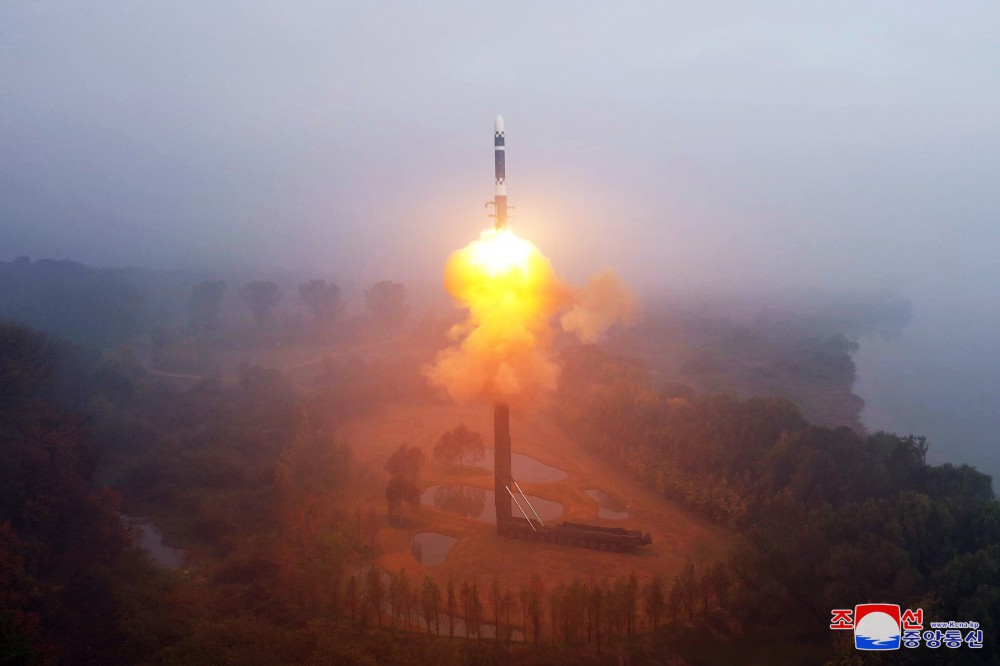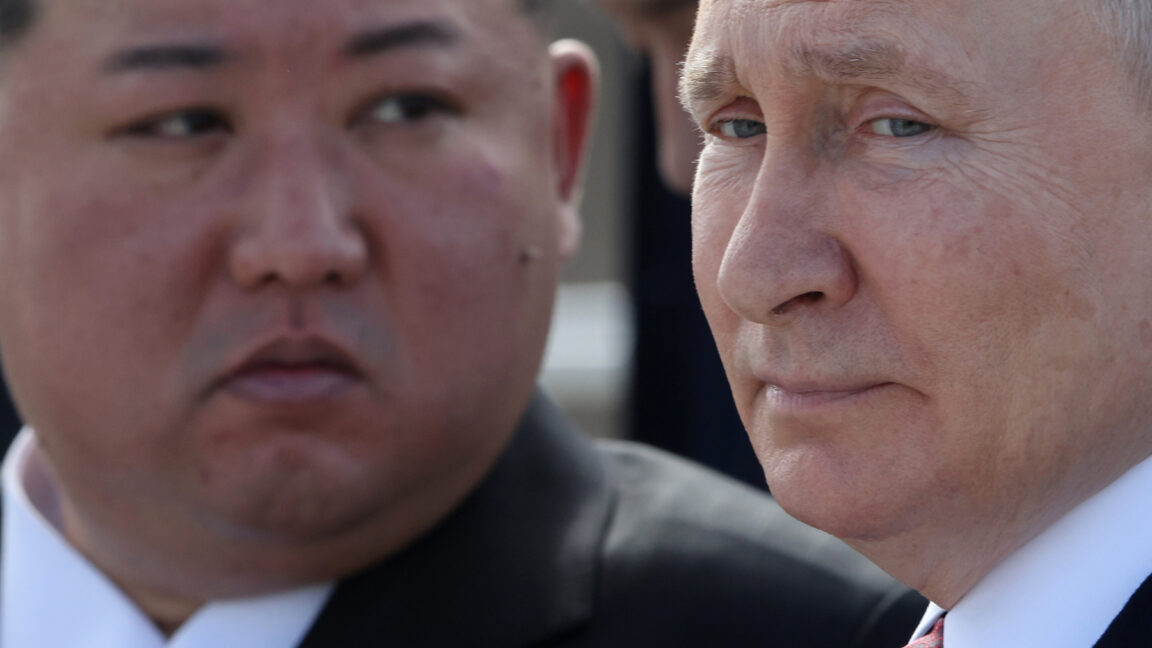Earlier this week, North Korea apparently completed a successful test of its most powerful intercontinental ballistic missile, lofting it nearly 4,800 miles into space before the projectile fell back to Earth.
This solid-fueled, multi-stage missile, named the Hwasong-19, is a new tool in North Korea’s increasingly sophisticated arsenal of weapons. It has enough range—perhaps as much as 9,320 miles (15,000 kilometers), according to Japan’s government—to strike targets anywhere in the United States.
The test flight of the Hwasong-19 on Thursday was North Korea’s first test of a long-range missile in nearly a year, coming as North Korea deploys some 10,000 troops inside Russia just days before the US presidential election. US officials condemned the missile launch as a “provocative and destabilizing” action in violation of UN Security Council resolutions.
The budding partnership between Russia and North Korea has evolved for several years. Russian President Vladimir Putin has met with North Korean leader Kim Jong Un on multiple occasions, most recently in Pyongyang in June. Last September, the North Korean dictator visited Putin at the Vostochny Cosmodrome, Russia’s newest launch base, where the leaders inspected hardware for Russia’s Angara rocket.

Credit:
KCNA
The visit to Vostochny fueled speculation that Russia might provide missile and space technology to North Korea in exchange for Kim’s assistance in the fight against Ukraine. This week, South Korea’s defense minister said his government has identified several areas where North Korea likely seeks help from Russia.
“In exchange for their deployment, North Korea is very likely to ask for technology transfers in diverse areas, including the technologies relating to tactical nuclear weapons technologies related to their advancement of ICBMs, also those regarding reconnaissance satellites and those regarding SSBNs [ballistic missile submarines] as well,” said Kim Yong-hyun, South Korea’s top military official, on a visit to Washington.

